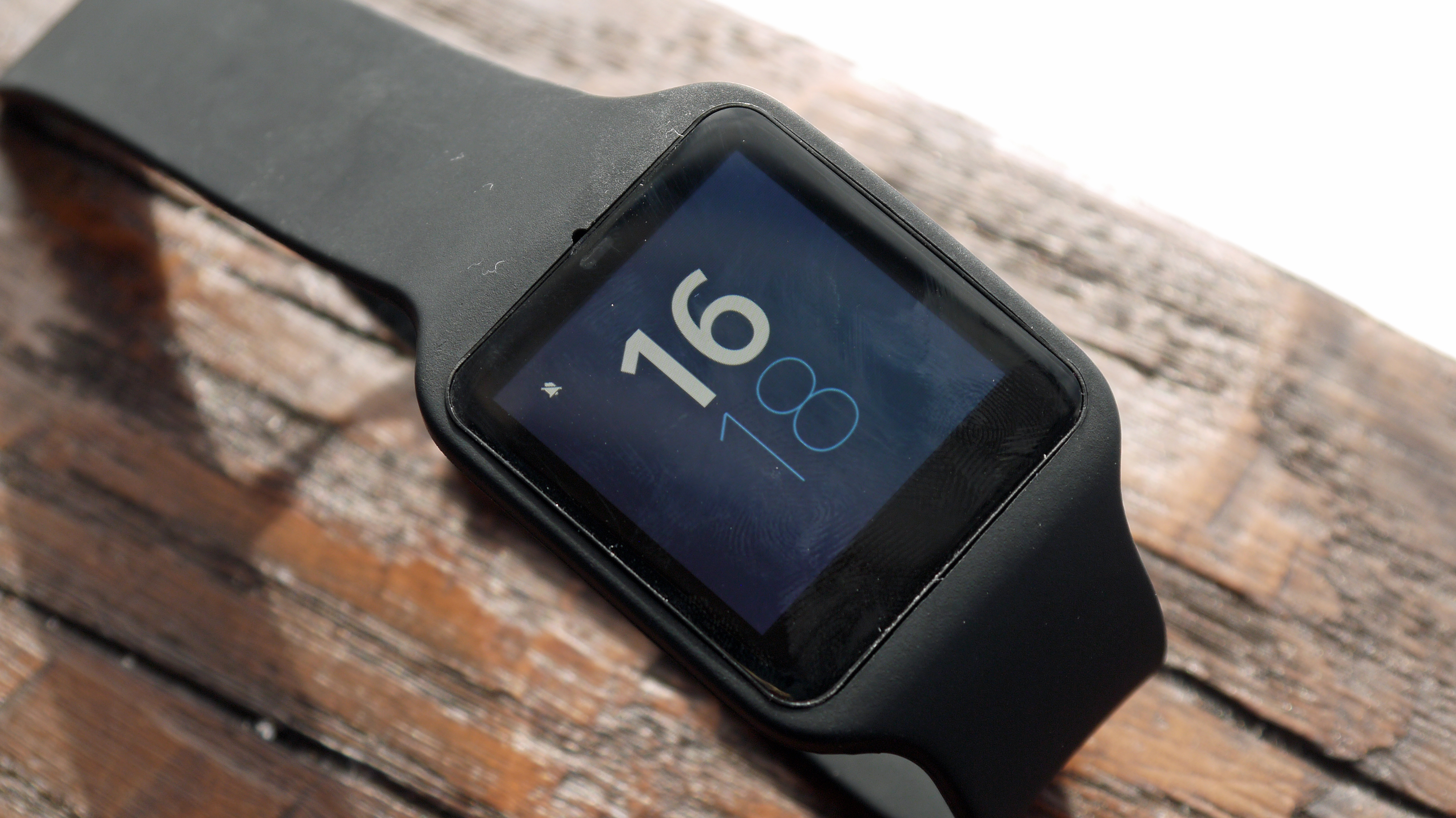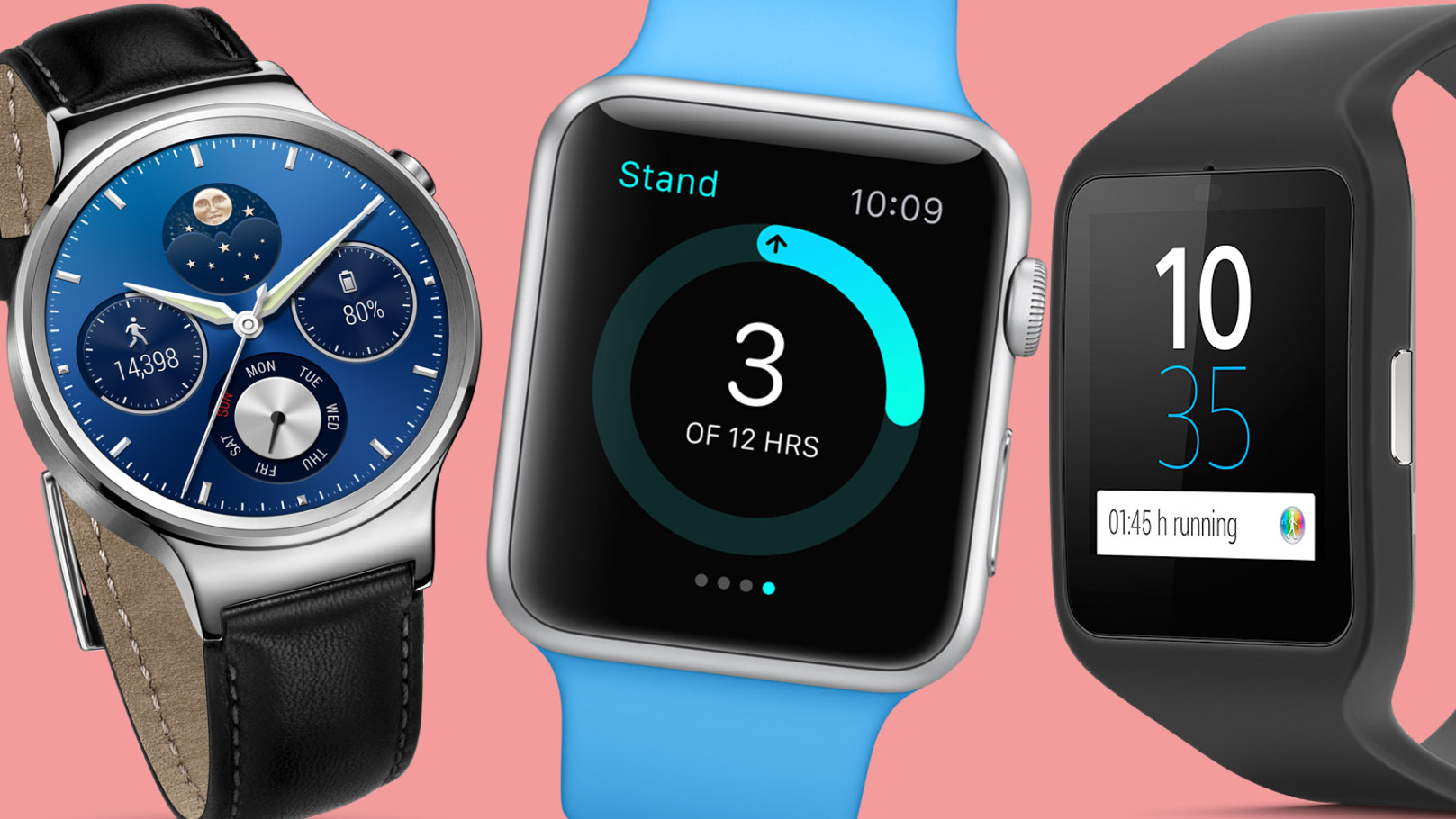Why Sony is right not to make the SmartWatch 4

The smartwatch space is a pretty turbulent one right now; there’s a dearth of decent devices on the market, and even Apple can’t seem to make a roaring success of this nascent segment.
Still, I was all geared up to write a piece about how Sony was missing a trick by not releasing the SmartWatch 4, a successor to the rugged and now-cheap wrist-piece from 2014.
In fact, the cost of the SmartWatch 3 had dropped to such a low level that, even being years old, it was hard not to recommend it to anyone looking to buy their first smartwear.
The mix of low price, rubberized design and, especially, a GPS chip on board set it apart from the rest of the market, and it seemed stupid for Sony to throw away the advantage the SmartWatch 3 had given it in a crowded market
That initial impulse came from speaking to Kaz Tajima, Sony’s senior vice president of creative design and product planning, who told me that the brand needed more time to work out what would make an appealing smartwatch.
“We still feel we don’t have a perfect answer for the watch, or [smart glasses], or even the ear – but still, we are trying,” he said when asked why Sony seems so trepid in the wearables space.
“But there’s still not a sufficient solution for the end user from a technological point of view. With the watch you have to charge it every day, which is unnatural for a watch. With [smart glasses] you have to wear them every time you want to get information, and that’s not natural.
Sign up for breaking news, reviews, opinion, top tech deals, and more.
“Until we find a good, technological solution – or a form factor solution – to make these things feel natural to wear, we’ll keep looking at [the wearables sector].”
During the interview, this felt like the words of a brand that had lost its nerve – one that was so scarred by years of falling revenue in the mobile business that it had become afraid to take the risks that had seen it become one of the top electronics manufacturers in the world.

But the more I thought about it, the more my arguments fell away, and I began to realize that in being cautious Sony is giving the smartwatch market a greater chance of success.
The reason for my initial line was a petition to force Sony and Google to bring the new Android Wear 2.0 to the SmartWatch 3, showing there was a groundswell of love for the older device – and a fanbase that would surely jump at the chance to buy a new model.
But that petition is only 4,000 names strong; even if every single one of them bought the SmartWatch 4, that would be nowhere near enough to sustain such a product, and there are plenty of other GPS-toting devices on the market.
Tajima’s insistence that battery life on the smartwatch needs to improve is a sensible one as well – charging a watch every day is just not attractive, especially when dedicated fitness wearables like Garmin’s Forerunner 735XT can last almost a week with regular workout tracking, as well as sending notifications to your wrist and monitoring your sleep and step count.
Sony clearly hasn’t worked out a way to magically extend the battery life in a smartwatch – although I was hoping that it would use the e-ink Watch U tech it invested in last year, which can last for up to three weeks on a single charge.
I posited that if Sony could find a way to integrate that with Android Wear 2.0 it would have a winning combination of smart functionality and long battery life – but looking into it, the technology required to fuse Android Wear into such a screen simply doesn't seem to be there yet, at least not at a commercially viable level.
Can't make / won't make
While I’m sure a company of Sony’s size could do it, it would take a lot of time and investment at a point in the company’s journey where it needs to find the next useful innovation – and fast.
Ultimately, Sony should hold off making the SmartWatch 4 until it’s got something that will genuinely raise the bar in the wearable world – and for me, that something should involve still fitness tracking in a big way.
Yes, every brand is making its smartwatches exercise-centric, but if a manufacturer could find a way to accurately measure all kinds of fitness – be it logging the 200m you run for the train as well as the stairs you climb and the lifting of a heavy backpack multiple times a day – it would be tremendously appealing.
There’s reason to believe Sony could deliver such tracking capability – it’s Lifelog exercise and life-tracking service was an early pioneer of automatic exercise recognition on the phone.
If Sony were to make a new fitness-centric wearable, it would have to contain enhancements to that platform and become an excellent exercise tracker that displays rich notifications – or even connects to other sensors on the body, a notion Sony has been pushing conceptually for years with ideas like the Xperia Eye or new Xperia Ear open-style concept – that’s the sort of thing that would make it a must-have device.

Then again, any brand with smart engineers and enough belief in the smartwatch sector could achieve the same thing, but Sony has heritage in this area – and Tajima confirmed to me that the brand was aware, at least, of the opportunity it has.
“Of course, we are not giving up; we are one of the early adopters in wearables,” he said.
Whether it’s Sony or another brand, the opportunity is there to combine fitness and smart functionality on the wrist with a platform as fully-featured as Android Wear – but right now, Sony needs to focus on getting the basics in place.
Whoever attempts to make the ‘perfect’ fitness watch needs to work out a better way to fit all the pieces of the smartwatch puzzle together – and Sony needs to wait for the moment to strike, when all those pieces are within reach.
Strong battery life, low price, great fitness tracking… they’re all the way, but Sony needs to hold fire, and focus on making great phones before haring off after the next unproven wearables pipe dream and hoping to make a splash.

Gareth has been part of the consumer technology world in a career spanning three decades. He started life as a staff writer on the fledgling TechRadar, and has grew with the site (primarily as phones, tablets and wearables editor) until becoming Global Editor in Chief in 2018. Gareth has written over 4,000 articles for TechRadar, has contributed expert insight to a number of other publications, chaired panels on zeitgeist technologies, presented at the Gadget Show Live as well as representing the brand on TV and radio for multiple channels including Sky, BBC, ITV and Al-Jazeera. Passionate about fitness, he can bore anyone rigid about stress management, sleep tracking, heart rate variance as well as bemoaning something about the latest iPhone, Galaxy or OLED TV.